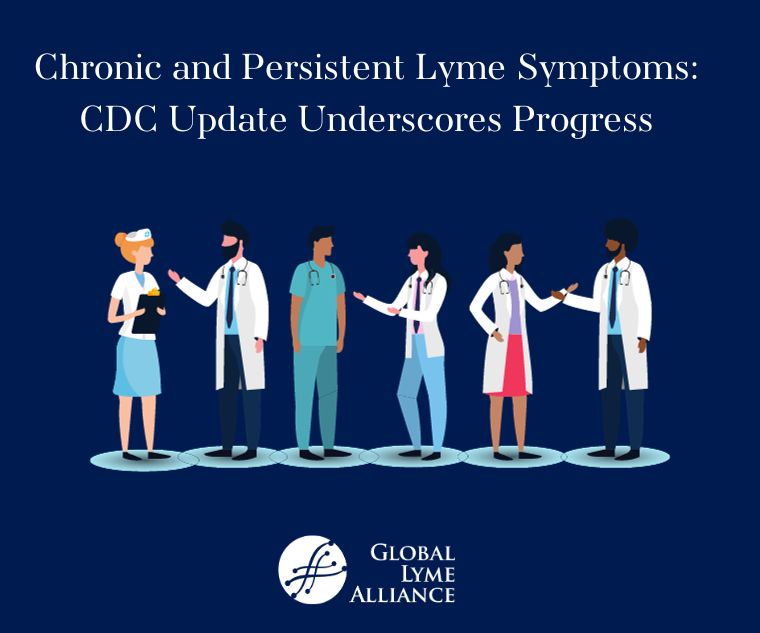
The CDC's update on Lyme infections is a shift in tone on the long-lasting symptoms and challenges faced by individuals. As acceptance of 'long COVID' and the concept of persistent illnesses grows in familiarity, the CDC's update on Lyme disease is no exception.
In the evolving landscape of post-infection ailments, the CDC's recent update delves into persistent symptoms following Lyme infections. This exploration underscores a crucial reality: infections can cast a long shadow, leaving individuals with enduring symptoms that debunk conventional CDC timelines, persisting for weeks, months, or even longer, despite what is deemed 'appropriate' treatment.
The CDC's goes on to list disease agents or co-infections associated with chronic symptoms, including Borrelia burgdorferi, Campylobacter, Chikungunya virus, Coxiella burnetii, Dengue virus, Ebola virus, Epstein Barr virus, Enterovirus, Poliovirus, SARS-CoV-2 (COVID-19), and West Nile virus. What's striking is the challenge faced by many: identifying the specific infection triggering these persistent symptoms. For some, the initial infection might have gone unnoticed, leading to a diagnosis of myalgic encephalomyelitis/chronic fatigue syndrome.
This update holds broader significance. For years, the medical community, including the CDC, resisted acknowledging the chronic nature of Lyme disease. Even after distancing itself from the IDSA Lyme treatment guidelines, which denied the existence of chronic Lyme, the CDC remained cautious in recognizing persistent Lyme symptoms. However, the arrival of COVID-19 shifted the paradigm dramatically.
The pandemic brought forth a wave of 'long COVID' cases, characterized by symptoms like debilitating fatigue and cognitive fog—symptoms strikingly similar to those endured by individuals with persistent Lyme disease, ME/CFS, and other chronic conditions. A 2022 CDC survey revealed the staggering scale of long COVID’s impact: nearly 18 million Americans wrestled with it since the pandemic began, with almost 9 million still affected at the time of the survey.
Perhaps 'long COVID' forced the hand of the CDC to shift its language around Lyme disease. Nevertheless, this is not an admission of chronic Lyme, but it is an acknowledgement of chronic illness and symptoms that interplay with a Lyme diagnosis. This update underscores progress, acknowledging the enduring impact of infections. Yet, it serves as a stark reminder of the long road ahead in the fight for recognition and understanding of chronic Lyme disease. While the CDC's step towards recognizing persistent symptoms is notable, the battle for acknowledging and addressing chronic Lyme disease at the CDC is far from over.
To see the updated webpage on the CDC's website, click here
***
Global Lyme Alliance
Global Lyme Alliance







